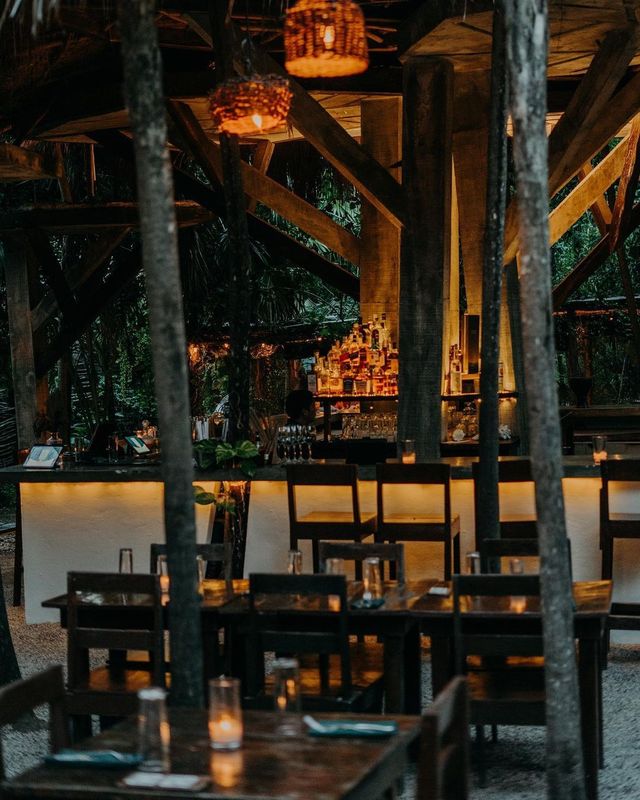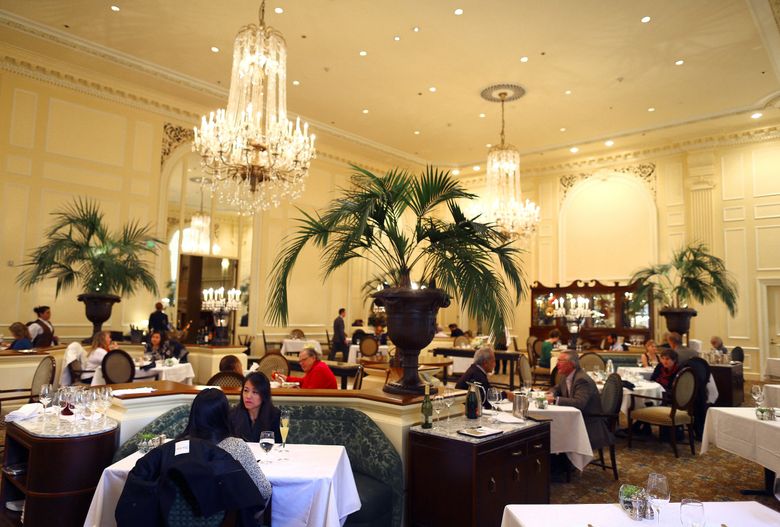Pan Asian Dining Islamabad: Savor Authentic Asian Dishes
Wiki Article
Savor Authentic Eastern Cuisine With a Pan-Asian Spin for a Cooking Adventure
Embarking on a cooking trip with genuine Asian cuisine, enhanced with a Pan-Asian twist, supplies an one-of-a-kind chance to explore the rich tapestry of tastes that specify the region's varied culinary traditions. As you ponder these luring dishes, think about the cultural narratives and historic influences that shape them, each bite offering a story waiting to be found. best asian restaurant Islamabad.
Checking Out Pan-Asian Tastes
In the realm of worldwide gastronomy, Pan-Asian food attracts attention for its impressive variety and the unified interaction of flavors from numerous Eastern cultures. This culinary approach celebrates the distinct components and rich customs discovered throughout the continent, creating a tapestry of preferences that is both appealing and gratifying. Trick to Pan-Asian food is its capacity to stabilize contrasting tastes-- sweet, salty, spicy, and sour-- while highlighting the freshness and quality of each component.From the umami-rich soy sauce of Japan to the intense chili peppers of Thailand, Pan-Asian food supplies a comprehensive scheme of flavors. These elements are typically incorporated in inventive methods, improving meals with layers of complexity. For example, making use of aromatic herbs such as lemongrass and cilantro, common in Vietnamese and Thai food, includes a rejuvenating illumination to meals, while the consolidation of coconut milk provides a velvety, abundant structure.
The emphasis on fresh produce and fragrant seasonings ensures that each meal is not just a banquet for the palate yet also for the senses. Pan-Asian cuisine invites diners to begin on a culinary trip, checking out the huge and varied landscapes of Asian gastronomy with every bite.
Blend Meals to Try
While Pan-Asian cuisine is celebrated for its conventional tastes, the contemporary cooking landscape is progressively welcoming fusion recipes that mix these traditional aspects with influences from various other regions. This innovative strategy not just honors the rich heritage of Oriental cooking arts but likewise presents unique preference experiences that interest contemporary tastes buds.
An archetype of such a blend dish is the Korean-Mexican taco, where marinaded bulgogi beef is wrapped in a warm tortilla, topped with kimchi and a hot gochujang-infused salsa. This mix weds the vibrant, tasty tastes of Korea with the vivid, fresh components of Mexican cuisine. In a similar way, sushi burritos have actually gained popularity, joining together the fragile virtuosity of Japanese sushi with the hearty, hand-held convenience of a burrito, often featuring combination active ingredients like tempura shrimp and avocado with a drizzle of wasabi mayo.
An additional noteworthy recipe is Thai curry ramen, which infuses the creamy, aromatic spices of Thai curry into the soothing broth of typical Japanese ramen, creating a harmonious mix that entices the senses. These combination meals expand past simple novelty; they stand for a cooking discussion between cultures, urging exploration and development worldwide of Pan-Asian cuisine.
Vital Components and Flavors
To absolutely value Pan-Asian cuisine, one must recognize the necessary active ingredients and seasonings that develop its foundation. This varied culinary style draws from an abundant tapestry of Asian practices, employing a harmonious mix of tastes and structures.Fragrant components are crucial, with garlic, ginger, and lemongrass being ubiquitous across numerous Pan-Asian recipes. These active ingredients offer a great smelling base that enhances the intricacy of tastes. Spices such as celebrity anise, cardamom, and cinnamon present warmth and character, resembling impacts from regions like China and India.

Cooking Methods and Tips
Grasping the art of Pan-Asian cuisine requires knowledge with its distinctive cooking strategies, each adding to the lively tapestry of tastes this culinary custom is commemorated for. Central to these approaches is the stir-fry, a quick food preparation strategy that preserves the dietary honesty and brilliant shades of components. Using a frying pan, the stir-fry approach enables also heat distribution, essential for accomplishing the characteristic texture and flavor equilibrium of Pan-Asian recipes.One more essential method is steaming, particularly prevalent in Chinese cuisine. This mild technique preserves the natural tastes and nutrients of active ingredients, making it suitable for fish and shellfish and veggies. Dumplings, a cherished staple, often take advantage of steaming, leading to soft, succulent appearances.
Barbecuing, likewise integral, presents smoky depths to recipes such as Korean bulgogi or Japanese yakitori (best asian restaurant Islamabad). This strategy commonly involves seasoning components, allowing flavors to penetrate deeply prior to cooking over an open fire or hot plate
Last but not least, understanding the art of balancing tastes-- sweet, sour, salted, bitter, and umami-- is essential. Effectively layering these elements can boost a dish from average to remarkable, supplying a complicated and pleasing culinary experience that personifies the significance of Pan-Asian cuisine.
Eating Experiences Worldwide
Around the world, Pan-Asian cuisine offers an unparalleled eating experience, commemorated for its rich tapestry of tastes and vivid presentations. This culinary phenomenon has transcended social limits, capturing the hearts and tastes buds of food fanatics worldwide. In cosmopolitan cities like New York, London, and Sydney, Pan-Asian restaurants function as fusions where cooking traditions from Thailand, Japan, China, and beyond assemble, providing diners with an eclectic mix of meals that highlight the area's variety.The worldwide charm of Pan-Asian cuisine depends on its ability to provide both authenticity and advancement. Chefs skillfully marry traditional ingredients such as lemongrass, soy sauce, and miso with contemporary strategies, causing recipes that are both refreshingly new and familiar. This fusion enables diners to start a cooking trip that appreciates heritage while welcoming modernity.
Moreover, dining experiences are raised via attentively designed environments that mirror the principles of Pan-Asian looks. From minimal Japanese-inspired insides to vivid Thai-themed areas, each dining establishment offers a special setting that complements the culinary offerings. Consequently, customers are not merely consuming a dish yet partaking in a social experience, making Pan-Asian eating a genuinely worldwide phenomenon.
Conclusion
The expedition of Pan-Asian food offers an extensive understanding of the complex interaction of flavors and culinary customs throughout Asia. By welcoming fusion dishes such as Thai curry ramen and sushi burritos, the cooking journey not just highlights the versatility of standard ingredients but likewise showcases innovative modern-day techniques. This gastronomic experience, enriched by cooking methods and necessary flavors, gives a special opportunity to value the multiculturalism and culinary creativity that specify Pan-Asian cuisine on a worldwide range.Embarking on a culinary trip through authentic Oriental food, Chinese food Islamabad boosted with a Pan-Asian twist, uses a distinct possibility to explore the rich tapestry of flavors that specify the area's varied culinary traditions.In the world of global gastronomy, Pan-Asian cuisine stands out for its exceptional diversity and the harmonious interplay of flavors from numerous Eastern cultures. Key to Pan-Asian food is its capacity to balance different tastes-- pleasant, salted, spicy, and sour-- while highlighting the quality and quality of each component.

Report this wiki page